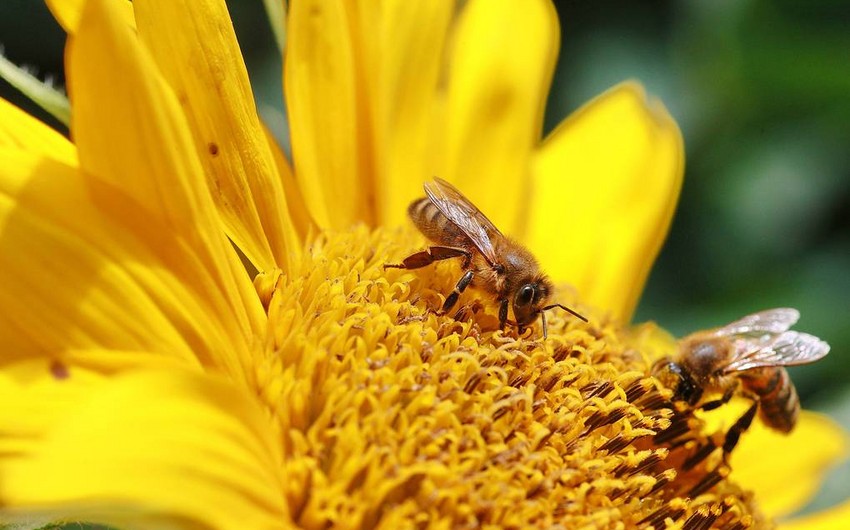American and Chinese ecologists have found that the activity of pollinating insects has declined markedly in recent decades due to the fact that nitrates present in the air destroy the molecules that form the basis of the smell of flowers, Report informs referring to The New York Times.
This sensory pollution could have far-reaching effects, interfering with plant reproduction and decreasing the production of fruits that feed many species, including humans. It could also threaten pollinators, which rely on flower nectar for sustenance and are already experiencing global declines.
The project was led by Dr. Thornton; his colleague Jeff Riffell, a sensory neurobiologist and ecologist at the University of Washington; and their joint doctoral student, Jeremy Chan, who is now a researcher at the University of Naples.
The study focuses on the pale evening primrose, a plant with delicate flowers that open at night. Its key pollinators include hawk moths, which have exquisitely sensitive odor-detecting antennae. “They’re as good as a dog in terms of their chemical sensitivity,” Dr. Riffell said.
A flower’s scent is a complex olfactory bouquet that contains many chemical compounds. To identify the ingredients in the signature primrose scent, the scientists fastened plastic bags over the blooms, capturing samples of the fragrant air. When the team analyzed these samples in the lab, it identified 22 distinct chemical components.
The scientists then recorded the electrical activity of the moths’ antennae when they were exposed to these scent compounds. They found that the moths were especially sensitive to a group of compounds called monoterpenes, which also help give conifers their fresh, evergreen smell.
The researchers used these attractive aromas to concoct their own simulated primrose scent. Then, they added ozone and nitrate radicals, both of which can form when pollutants produced by fossil-fuel combustion enter the atmosphere. Ozone, which forms in the presence of sunlight, is abundant during the day, whereas nitrate radicals, which are degraded by sunlight, are more dominant at night.
The scientists added ozone to the primrose scent first and observed some chemical degradation, with concentrations of two key monoterpenes dropping by roughly 30 percent. They next added nitrate radicals to the mix, which proved far more damaging, reducing these key moth attractants by as much as 84 percent compared with their original levels. They were “almost completely gone,” Dr. Thornton said.
The scientists replicated these findings in the wild by placing artificial flowers in primrose plants. Flowers emitting a pollution-degraded fragrance received 70 percent less hawk moth visits over the course of a night than those giving off an intact scent, the researchers found.
That drop would reduce primrose pollination enough to significantly lessen fruit production, they calculated. “The chemical environment is playing a really profound role in shaping these ecological communities,” Dr. Riffell said.
The researchers believe that the problem extends far beyond the hawk moth and the primrose. Many pollinators are sensitive to monoterpenes, which are common in floral odors. Using computational modeling, the researchers calculated that in many cities around the world, pollution has reduced scent-detection distances by more than 75 percent since the preindustrial age.





















